
Ingredient
Radicchio
The Bitter Beauty
Radicchio is characterized by its deep red or purple leaves with white veins and a crisp texture. It has a bitter taste that mellows when cooked, and its vibrant color adds visual appeal to salads and other dishes. It can be enjoyed raw in salads or cooked in various recipes, bringing a unique flavor and texture to the table.
Origins and history
Radicchio originated in Italy and has been cultivated since ancient Roman times. It is deeply rooted in Italian culinary traditions and is commonly used in dishes like risotto, pasta, and salads. Its cultivation has spread to other parts of Europe and the United States, where it is now grown and enjoyed.
Nutritional information
Radicchio is low in calories and a good source of vitamins K and C. It also contains antioxidants and dietary fiber, which contribute to overall health and well-being.
Allergens
There are no known allergens associated with radicchio.
How to select
When selecting radicchio, look for heads that are firm and compact with crisp leaves. Avoid any signs of wilting or discoloration. The outer leaves should be vibrant in color, and the stem should be fresh and not dried out.
Storage recommendations
To store radicchio, remove any damaged or wilted leaves and wrap the head in a damp paper towel. Place it in a plastic bag and store it in the refrigerator's crisper drawer. It can stay fresh for up to a week.
How to produce
Radicchio can be grown in home gardens or containers. It thrives in cool weather and requires well-drained soil and regular watering. Plant the seeds or seedlings in a sunny spot and provide adequate space for the plants to grow.
Preparation tips
Radicchio can be enjoyed raw in salads, where its bitterness adds a pleasant contrast to other ingredients. It can also be grilled, roasted, or sautéed to mellow its flavor and bring out its natural sweetness. Additionally, radicchio can be used as a flavorful ingredient in risottos, pasta dishes, and even pizzas.
Substitutions
Belgian endive or escarole can be used as substitutes for radicchio, although they have slightly different flavors and textures. N/A
Culinary uses
Radicchio is commonly used in Italian cuisine, where it is a key ingredient in dishes like Insalata di Radicchio (Radicchio Salad), Risotto al Radicchio (Radicchio Risotto), and Pasta with Radicchio and Gorgonzola. It is also used in salads, sandwiches, and as a topping for pizzas.
Availability
Radicchio is commonly available in Italy, Europe, and the United States. It is cultivated in regions with suitable climates and can be found in grocery stores, supermarkets, and farmers markets.
More ingredients from this category
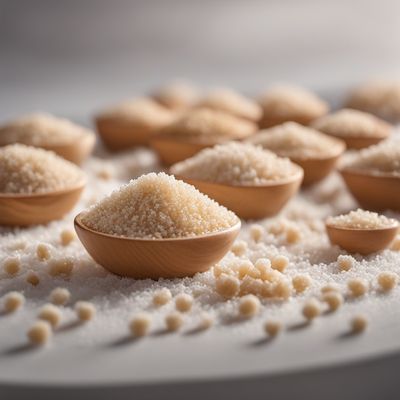
Sugar loaf chicories
Bitter Elegance: Unveiling the Beauty of Sugar Loaf Chicories
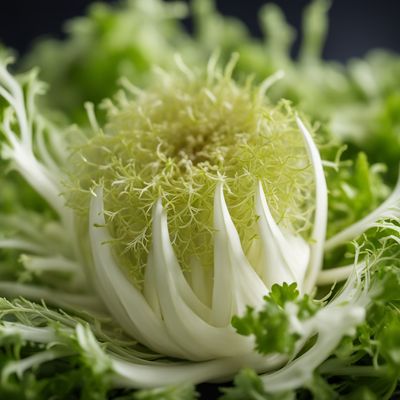
Curly endives
The Elegant Bitter Green

Dandelions
Vibrant Wild Greens
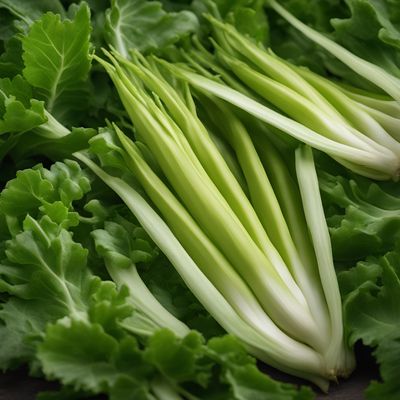
Escaroles
Bitter and Bold: The Versatile Leafy Green
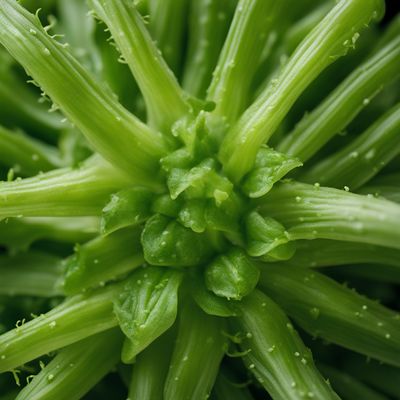
Puntarelle
Crispy Bitter Delight: Exploring the World of Puntarelle

Wild chicories
The Bitter Elegance: Wild Chicories
Recipes using Radicchio » Browse all

Vietnamese-style Radicchio and Sausage Lasagne
Bánh Mì Lasagne: A Fusion of Italian and Vietnamese Flavors

Risotto with Radicchio and Red Wine
Savory Delight: Radicchio and Red Wine Risotto

Latvian Radicchio Frittata
Savory Latvian Radicchio Delight

Lasagne al Radicchio with Creamy Bechamel Sauce
Creamy Radicchio Lasagne: A Delightful Twist on a Classic Italian Dish

Radicchio Rosso alla Trevisana with Balsamic Glaze
Balsamic Glazed Trevisana: A Delightful Twist on Italian Radicchio

French Garden Platter
Vibrant Harvest: A French Garden Platter

Syrian-style Radicchio Lasagne
Savory Radicchio Delight: Syrian-style Lasagne
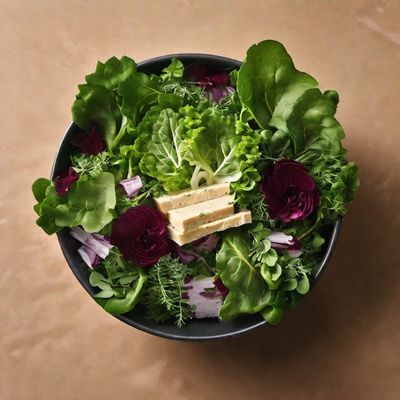
New Nordic Caesar Salad
Nordic Twist on a Classic: New Nordic Caesar Salad

Rustic Radicchio and Bean Stew
Hearty Bean and Radicchio Delight

Vegetarian Radicchio Rosso alla Trevisana
Savory Vegetarian Twist on Radicchio Rosso alla Trevisana
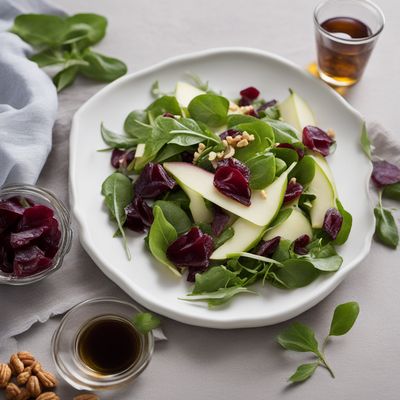
Insalata di Pere e Pecorino (Pear and Pecorino Salad)
Delightful Harmony: Pear and Pecorino Salad
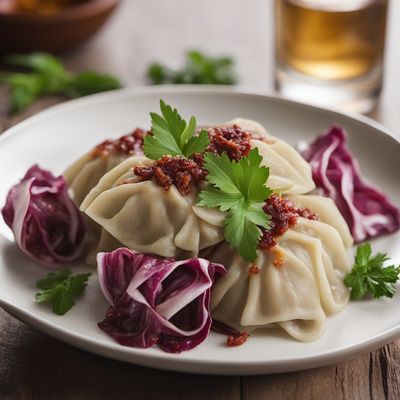
Savory Radicchio Dumplings
Radicchio Delight: A Twist on Italian Dumplings